7 Interesting Facts About Tibetan Mastiff
04.02.2021.
Dogs and humans go back thousands of years. We have trusted dogs to keep our territory, livestock, and ourselves safe. They have hunted and slept next to us, and we share an incredible bond with them. Their environment and purpose greatly influenced the development of dog breeds.
There are hunting breeds that specialize in tracking, like the Bloodhound, and there are small Terriers used to drive prey out of their dens. Some dogs specialized in detecting and flushing birds, and some had the job of keeping livestock safe from large predators like bears or wolves.
One of these protective breeds is the impressive Tibetan Mastiff. These dogs originated in Tibet, where they were employed as livestock protectors. These days, Tibetan Mastiffs are not bred as working dogs. Still, they haven’t lost any of their characteristics and protective abilities. Here are 7 of our favorite Tibetan Mastiff fun facts.
1. Masked history
The Tibetan Mastiff is an ancient breed that has lived and worked in Tibet for thousands of years. We might never know their exact history or how they came to be. Still, the Tibetan Mastiff is believed to be the ancestor of many modern-day Mastiff-type dogs. Tibet is very secluded and isolated; not many Westerners traveled that far. Those that did sometimes received these giants as gifts.
After these dogs were taken back to Europe, they started mixing with domestic breeds. Tibetan Mastiffs genes can be found in breeds from all over the Middle East and as far as Britain. This breed's first “official” specimen was brought to England in 1847, and the first US specimen arrived there in the 1950s.
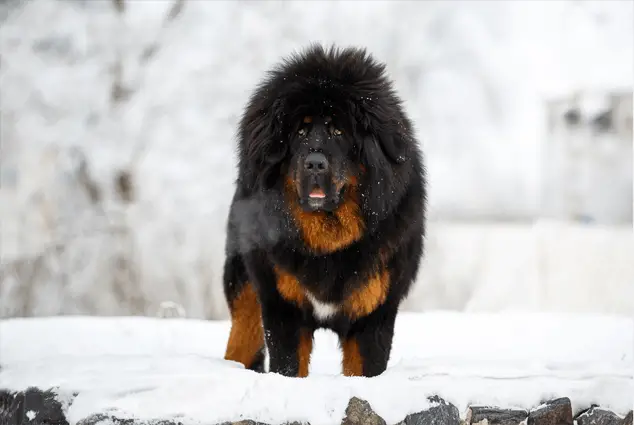
2. Fearless guardians
As we already mentioned, Tibetan Mastiffs were used as protectors and guardians. These dogs developed in two directions; one is called Do-Khyi, and the other is called Tsang-Khyi. The Do-Khyi lived with the villagers and had an active duty to keep livestock from predators. The Tsang-Khyi was given to monasteries in Tibet, and their main goal was to protect monasteries from intruders.
Not many dogs could stand toe-to-toe with predators from Tibet. Imagine how powerful these dogs would be if they were trusted to fight off Tibetan predators like the wolf, lynx, snow leopard, and Tibetan brown bear.
The Turkish Kangal is one of the best guard dog breeds in the world. Check out their full profile - Kangal dog breed.
3. Dwight D. Eisenhower nearly had them
There is an urban legend about two Tibetan Mastiffs given to President Eisenhower in the late 1950s. The Dalai Lama sent a gift to the United States. That gift was two Tsang-Khyi Tibetan Mastiffs given to the President.
That gift faced much backlash from the public, and there isn’t much information about those dogs. They were given away to a farm because they couldn’t be kept in the White House. China and Tibet have very complicated relations. Even then, the Chinese ambassadors insisted that keeping these dogs would be a political statement from the Eisenhower administration. We might never know the exact truth, but we would love to find it out.
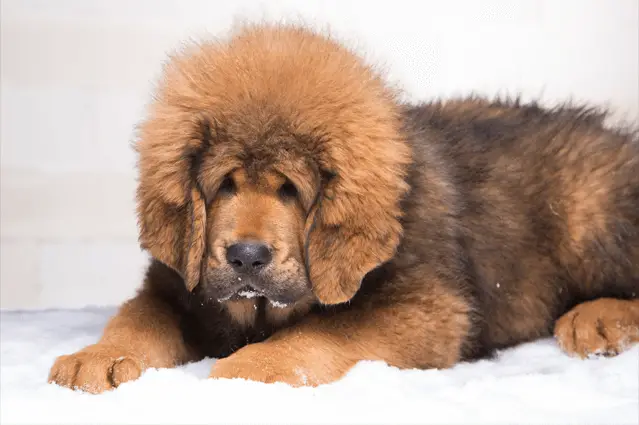
4. Unique coat
These large dogs were used to living in the freezing climates of Tibet. To survive there, they had to develop rich, thick, double coats that could protect them from harsh weather. That isn’t such a surprise since most large mountain dogs have double coats. The big surprise comes when you learn that these dogs don’t shed!
Most dogs shed regularly and year-round. They shed their entire undercoats during the shedding season (spring and fall). Tibetan Mastiffs are different; they only blow out their undercoats once a year. It is believed that this is an evolutionary adaptation to their extreme environment.
Do you like reading about large guard dogs? Check out this article - Russian Bear Dog.
5. Team players
Large guard dogs are usually used to working and protecting on their own. Guard dogs needed to be independent, and they patrolled the territory they were entrusted with guarding. The monastery Tibetan Mastiffs had a different idea of what guarding meant. They were rarely patrolling the area they were guarding. Instead, they had a smaller partner.
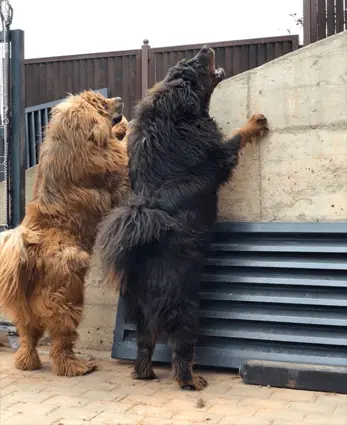
As weird as it sounds, Tibetan Mastiffs were usually kept with Lhasa Apsos. Lhasas patrolled the area, and if they noticed anything suspicious, they would start barking and alert the “big dogs.” They made quite an impressive guard team.
You can read more about Tibetan Mastiff’s guarding partners here - full Lhasa Apso profile.
6. Most puppies are born in December and January
This is another weird thing about these impressive giants. The Tibetan Mastiff females go into heat only once a year. Small dog breeds can go into heat three or even four times a year, but Tibetan Mastiffs usually go in the late fall.
The gestation period is the same as in other breeds, resulting in most puppies being born in December and January. If you are looking to get a Tibetan Mastiff puppy, you can adapt your schedule, as most puppies can be given away in April or March.
You can read more about dog pregnancy here - Dog Pregnancy: Signs, Diagnosis & Preparation.
7. Monks and Shamballa
Tibetan Mastiff’s place of origin is Tibet, and as we established, they were kept to guard monasteries. That is not their only tie to Buddhism. Buddhist monks, these dogs were guarding believed that these dogs contained monks’ souls that weren’t good enough to enter Shamballa (Buddhist heaven) or be reincarnated as people.
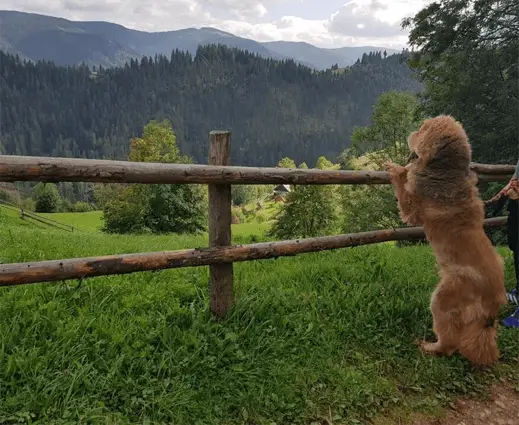
Buddhism is a religion that believes souls are trapped in a circle of death and rebirth called samsara. The goal is to overcome and escape the circle through enlightenment and karma, and only then can they reach a state of peace.
If you love guard dogs, check out this article - Best guard dogs.
World Dog Finder team

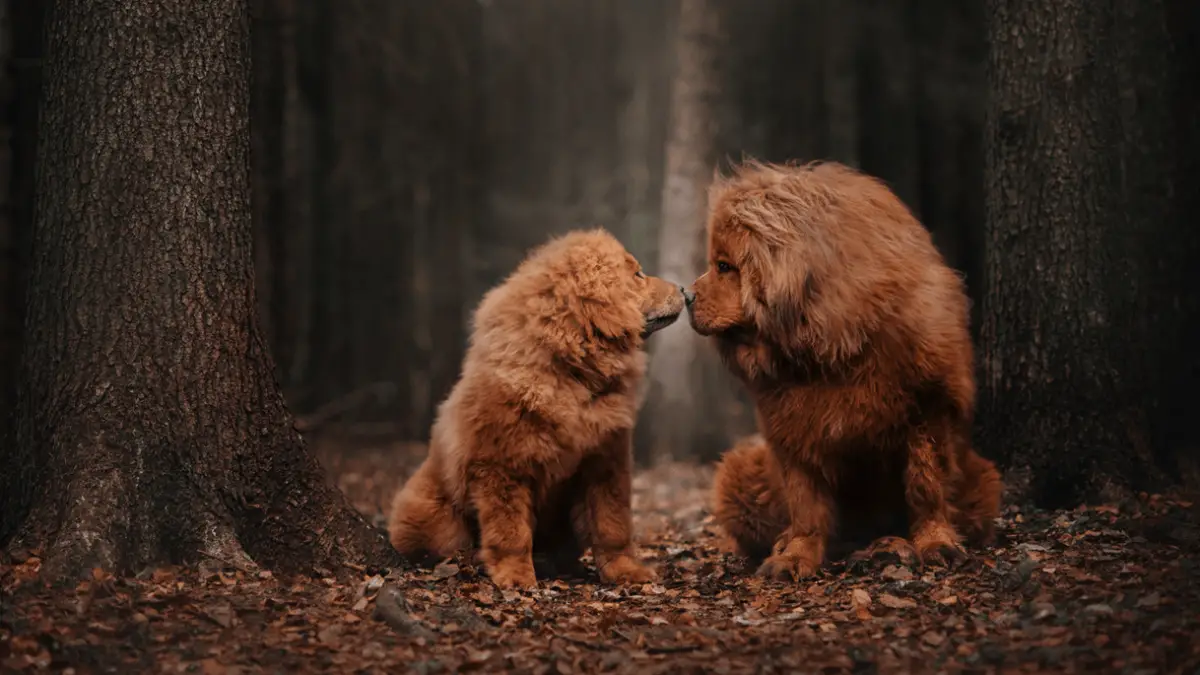

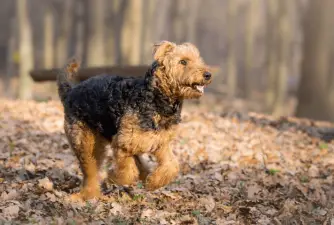
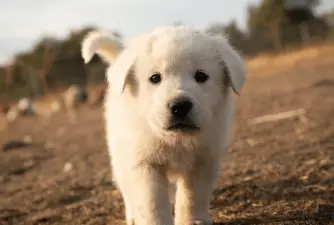


Share